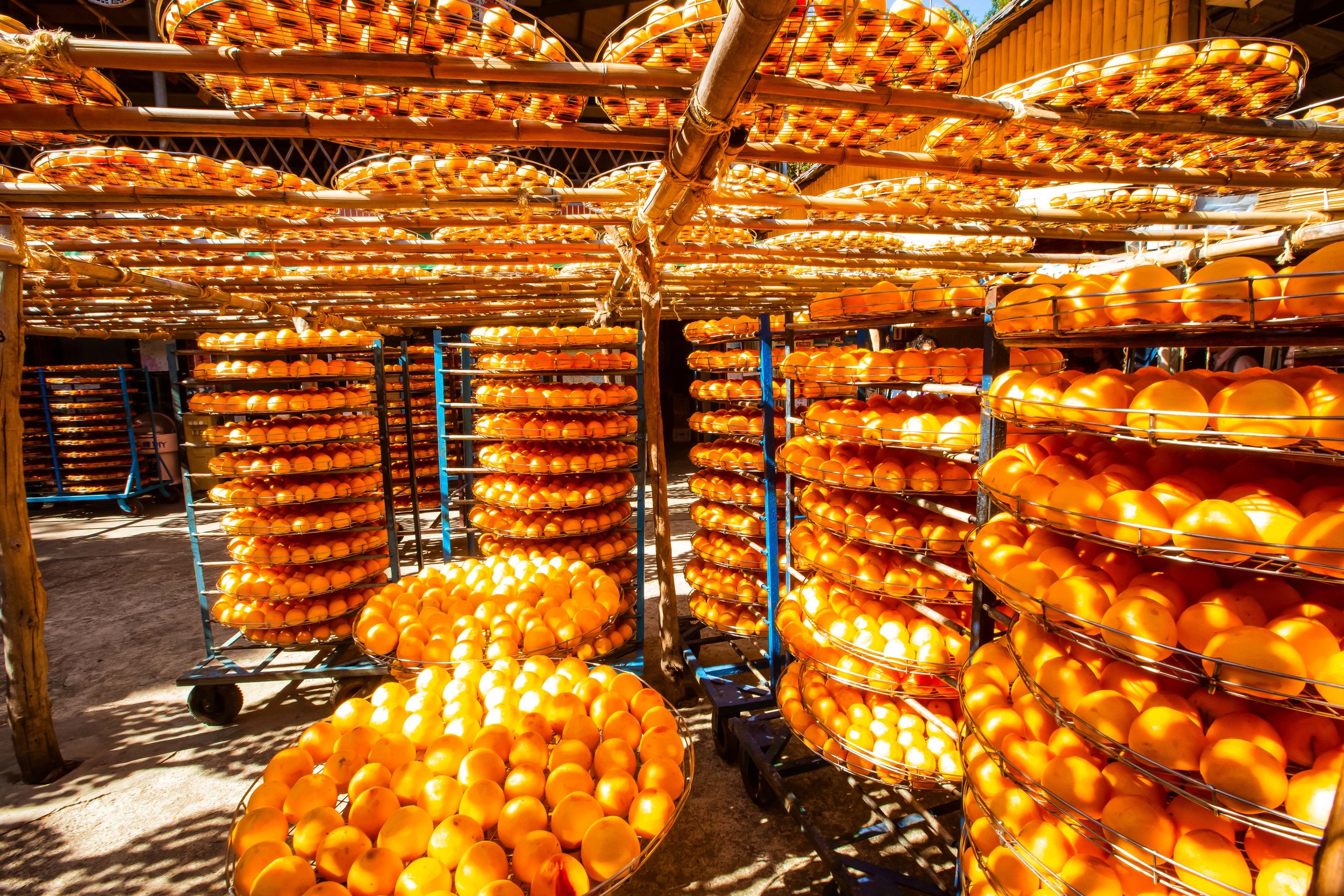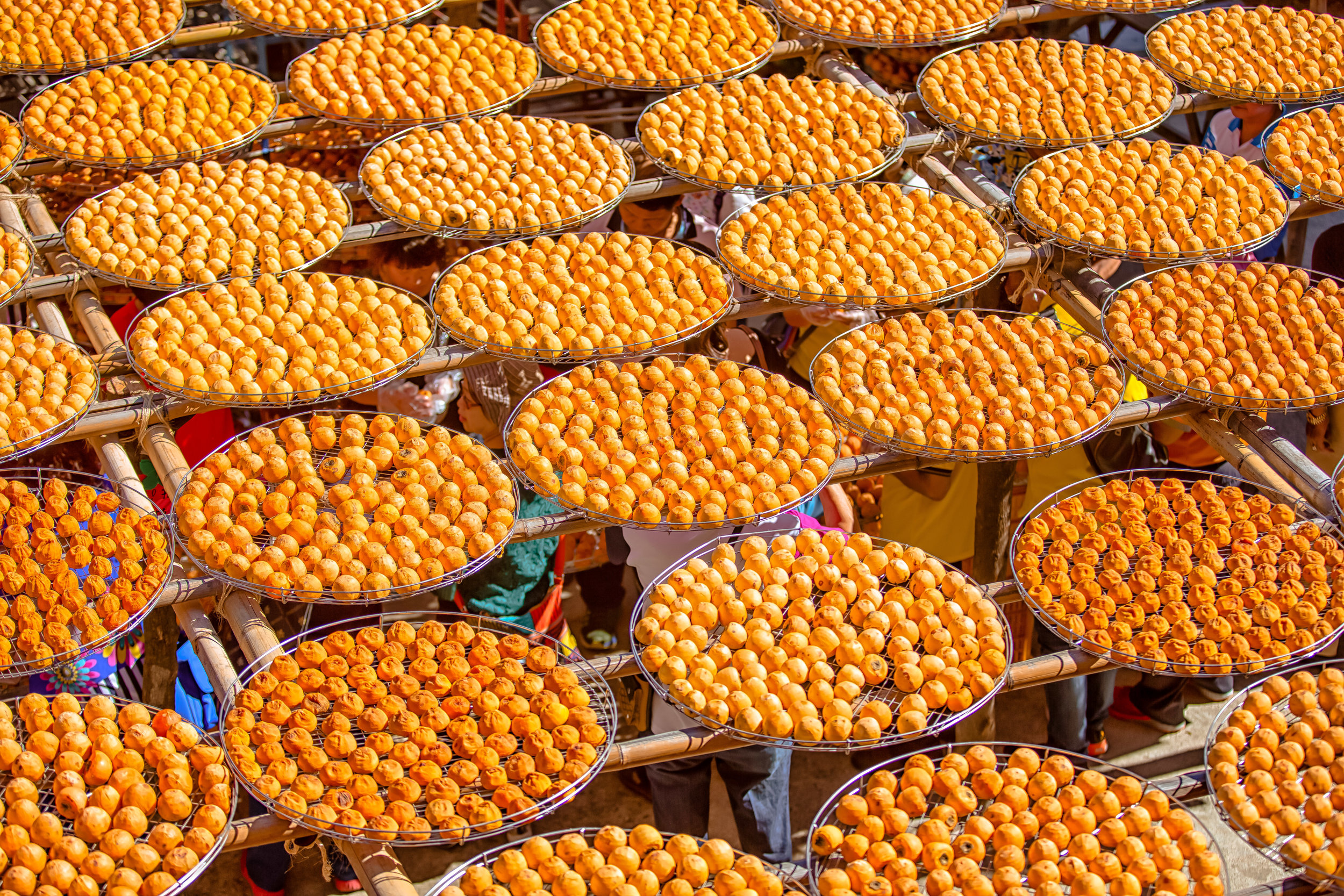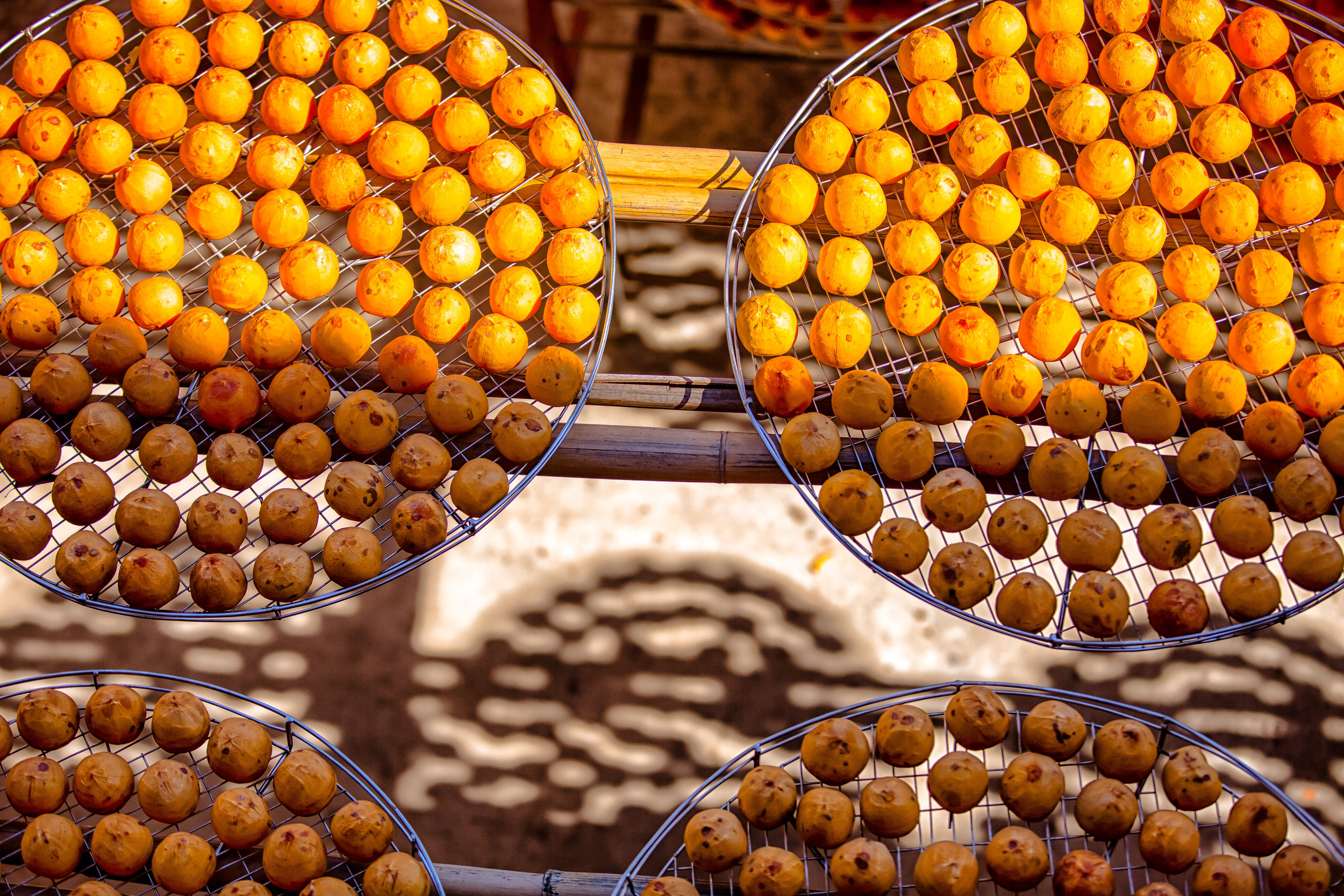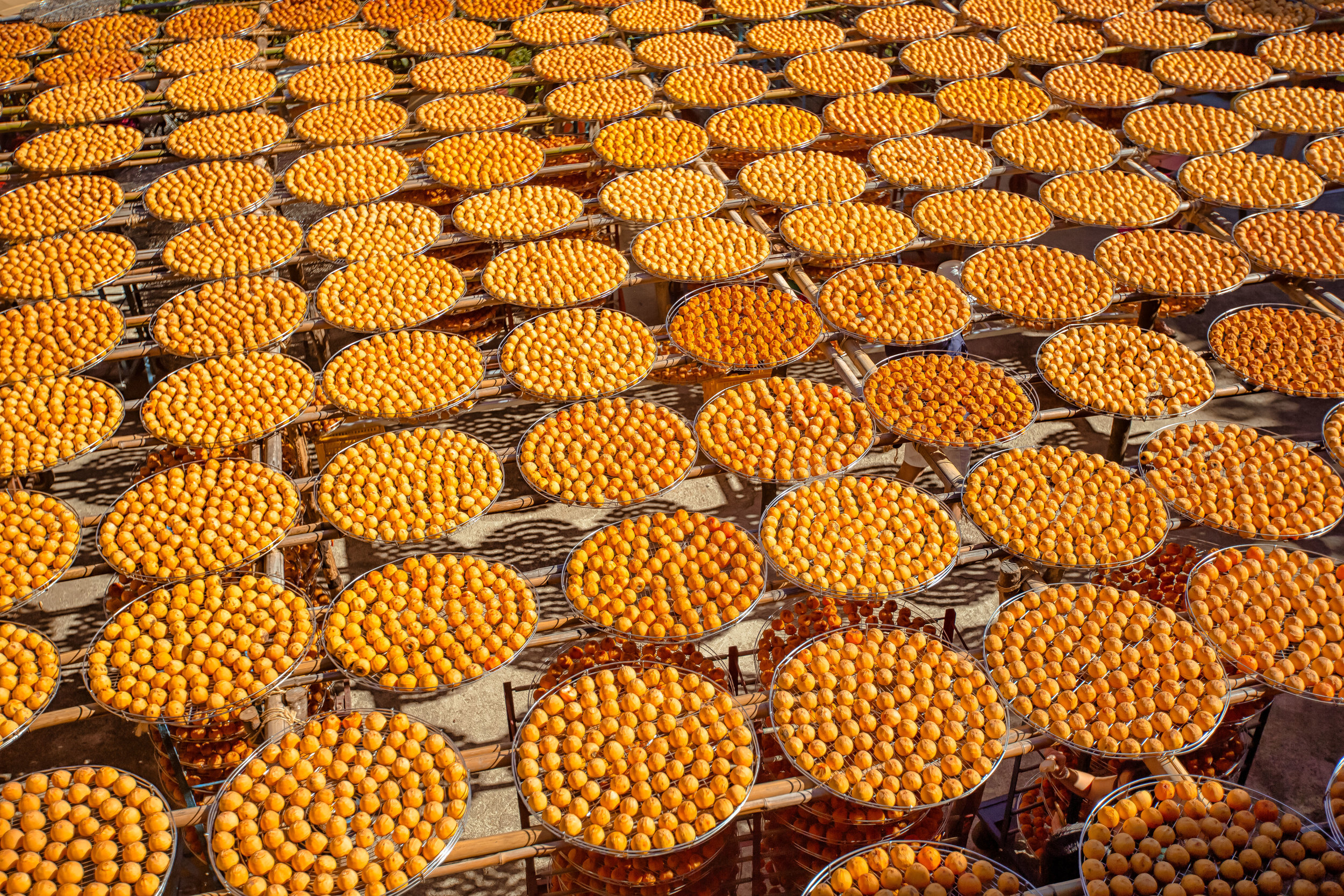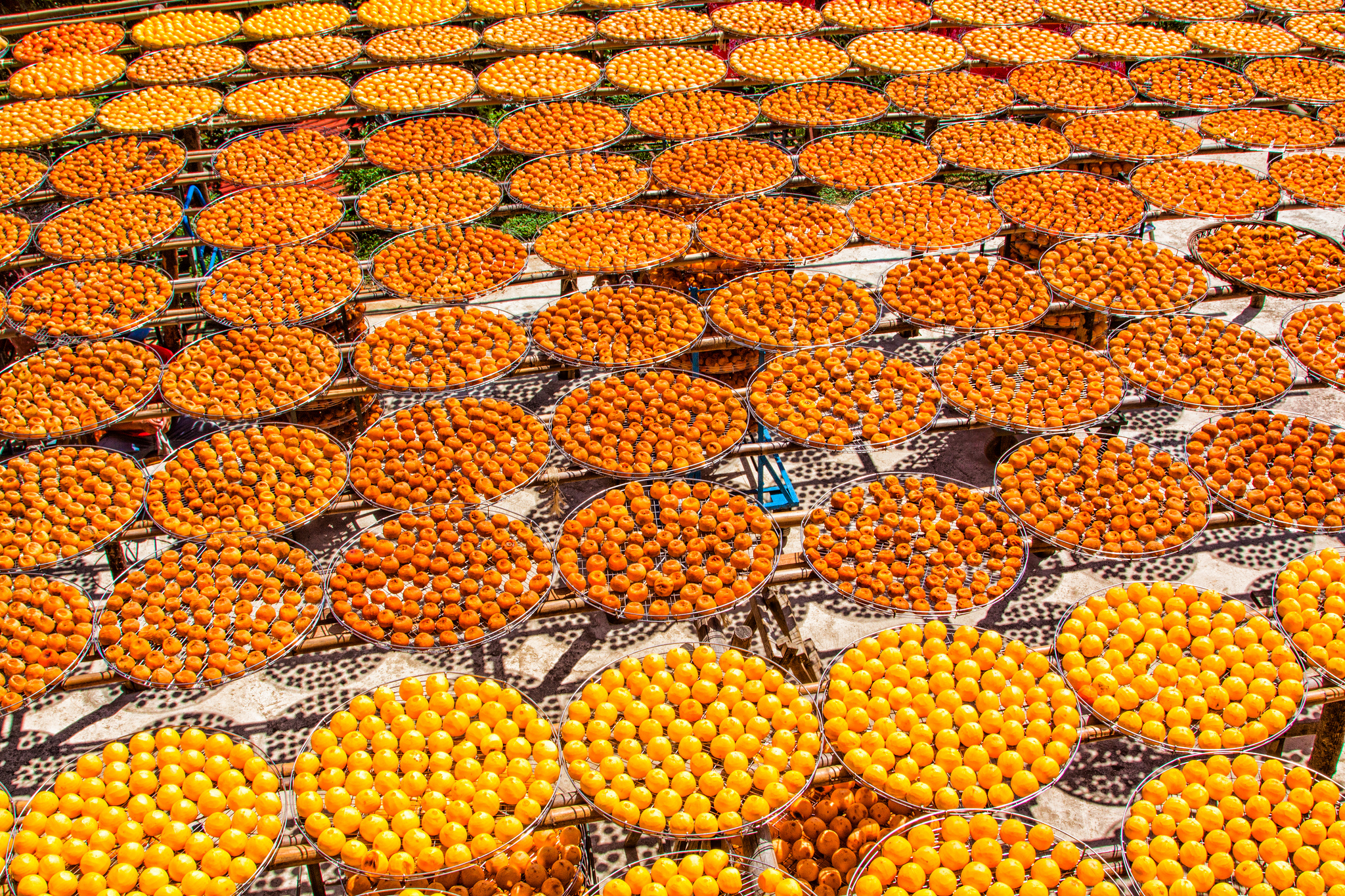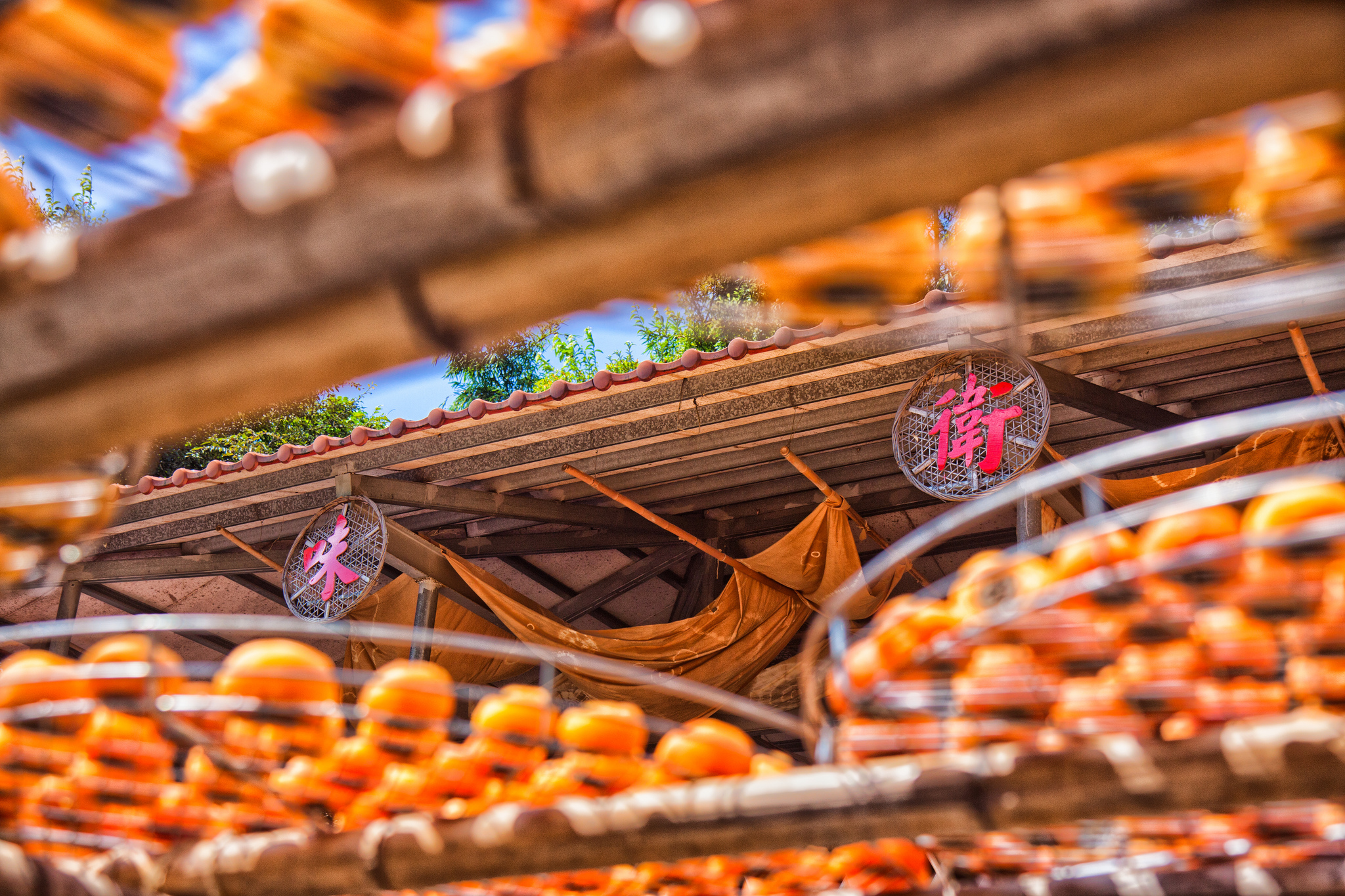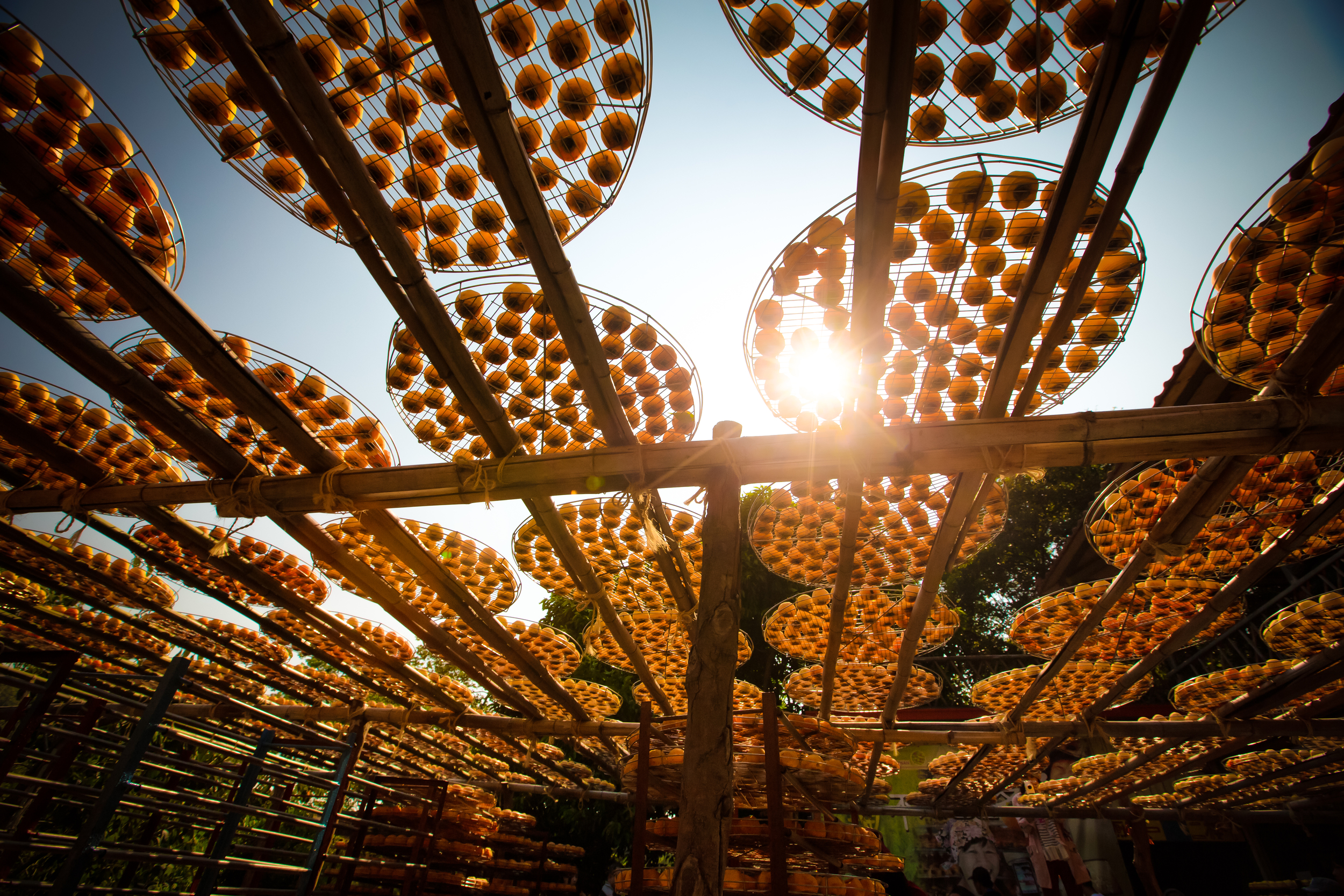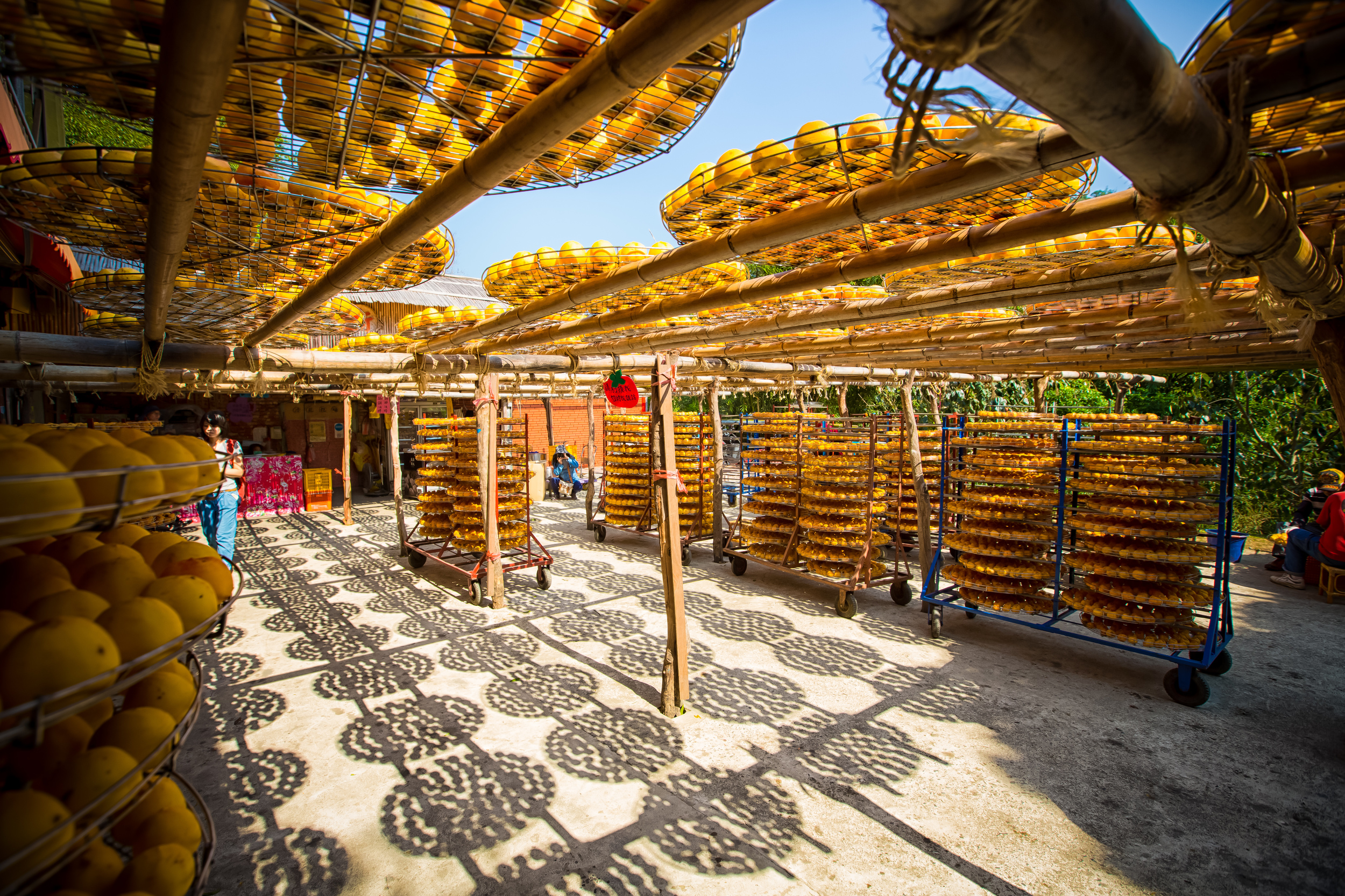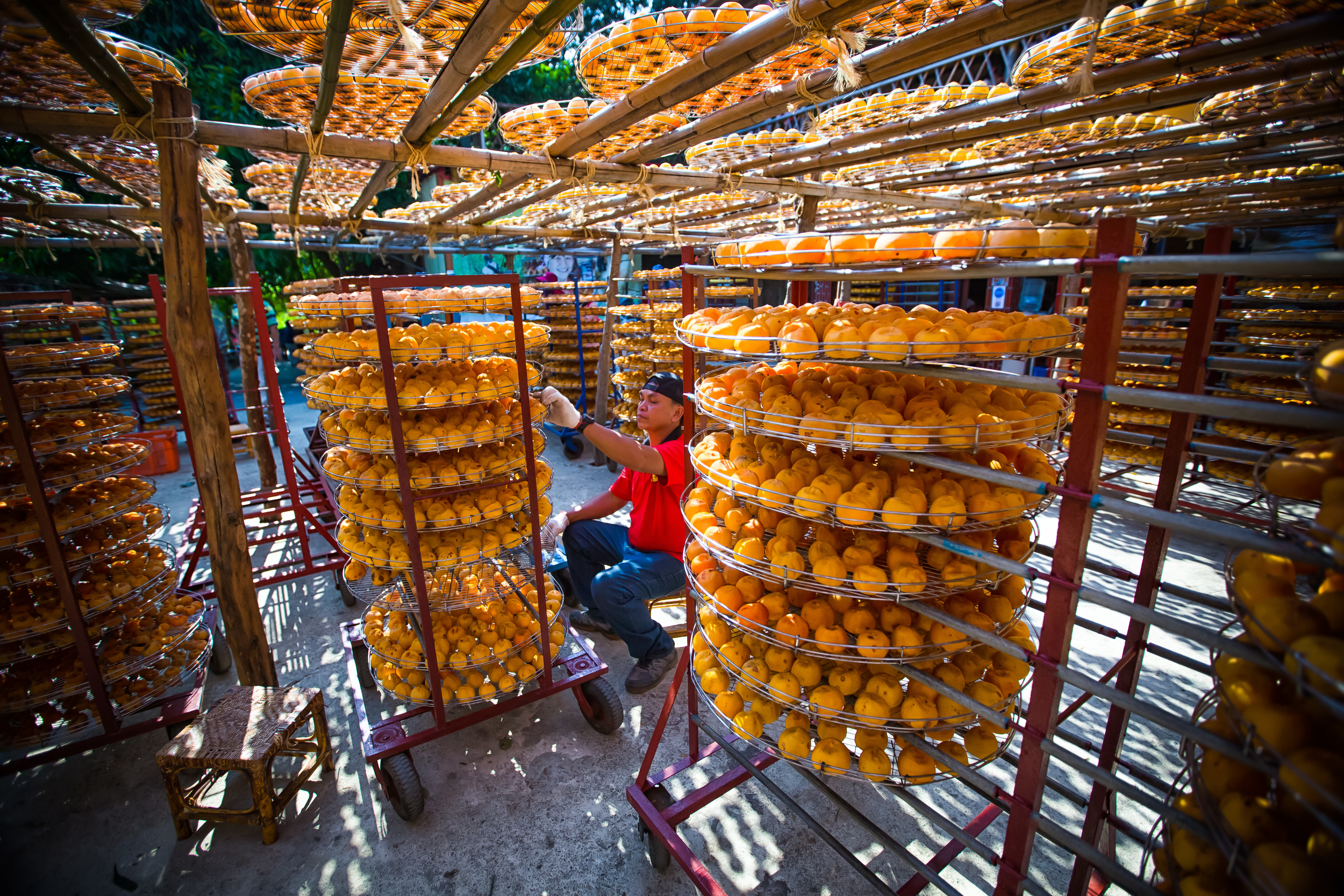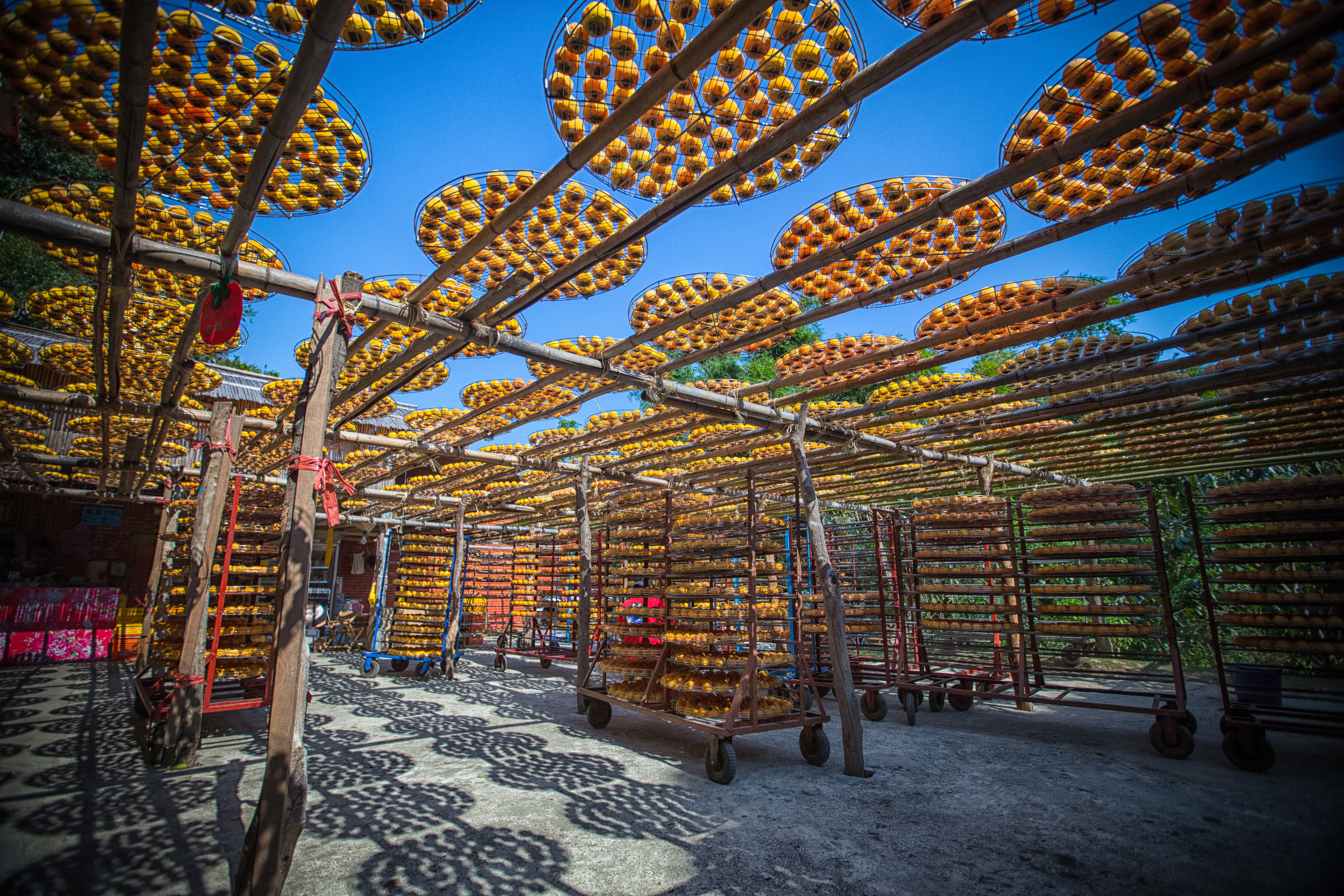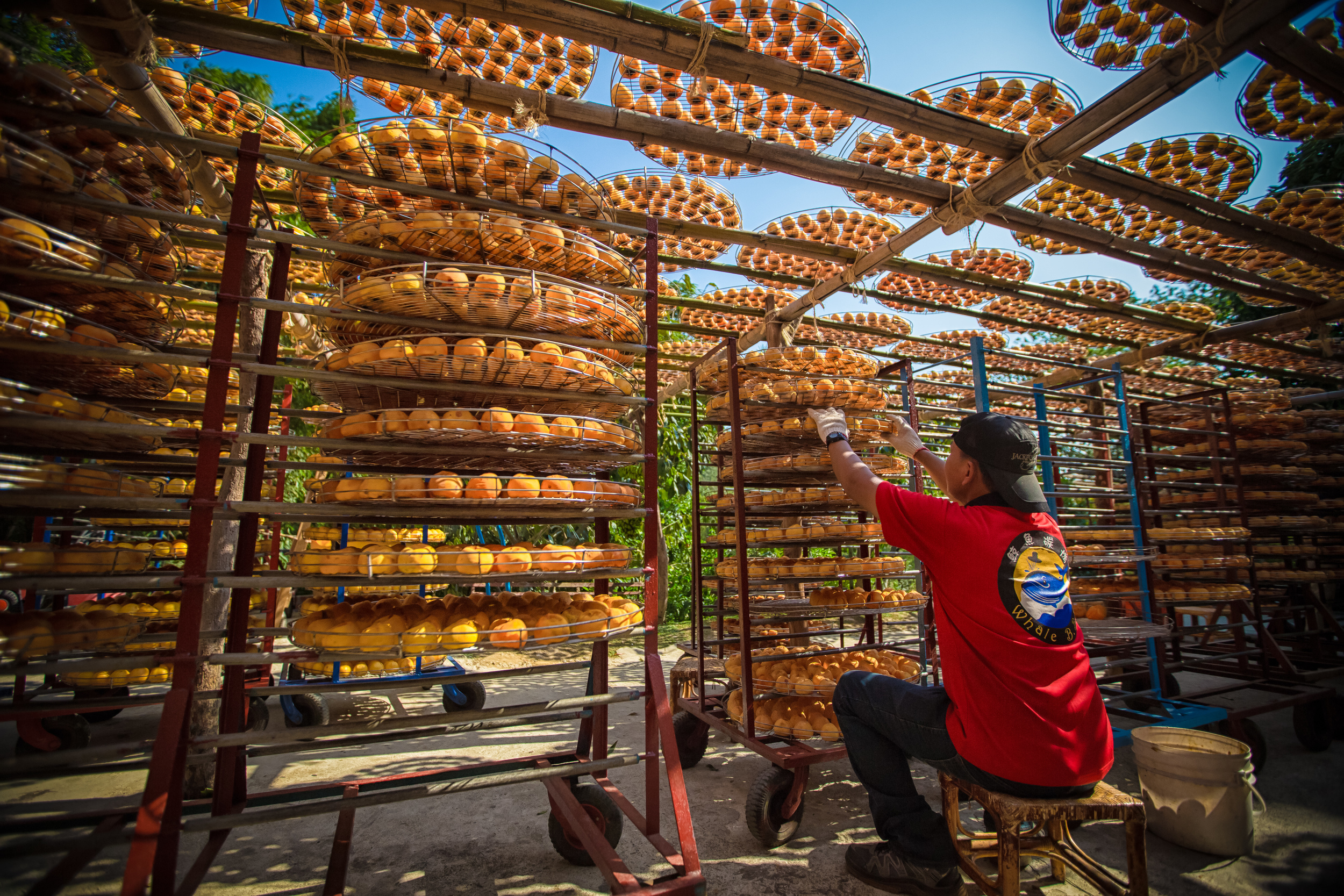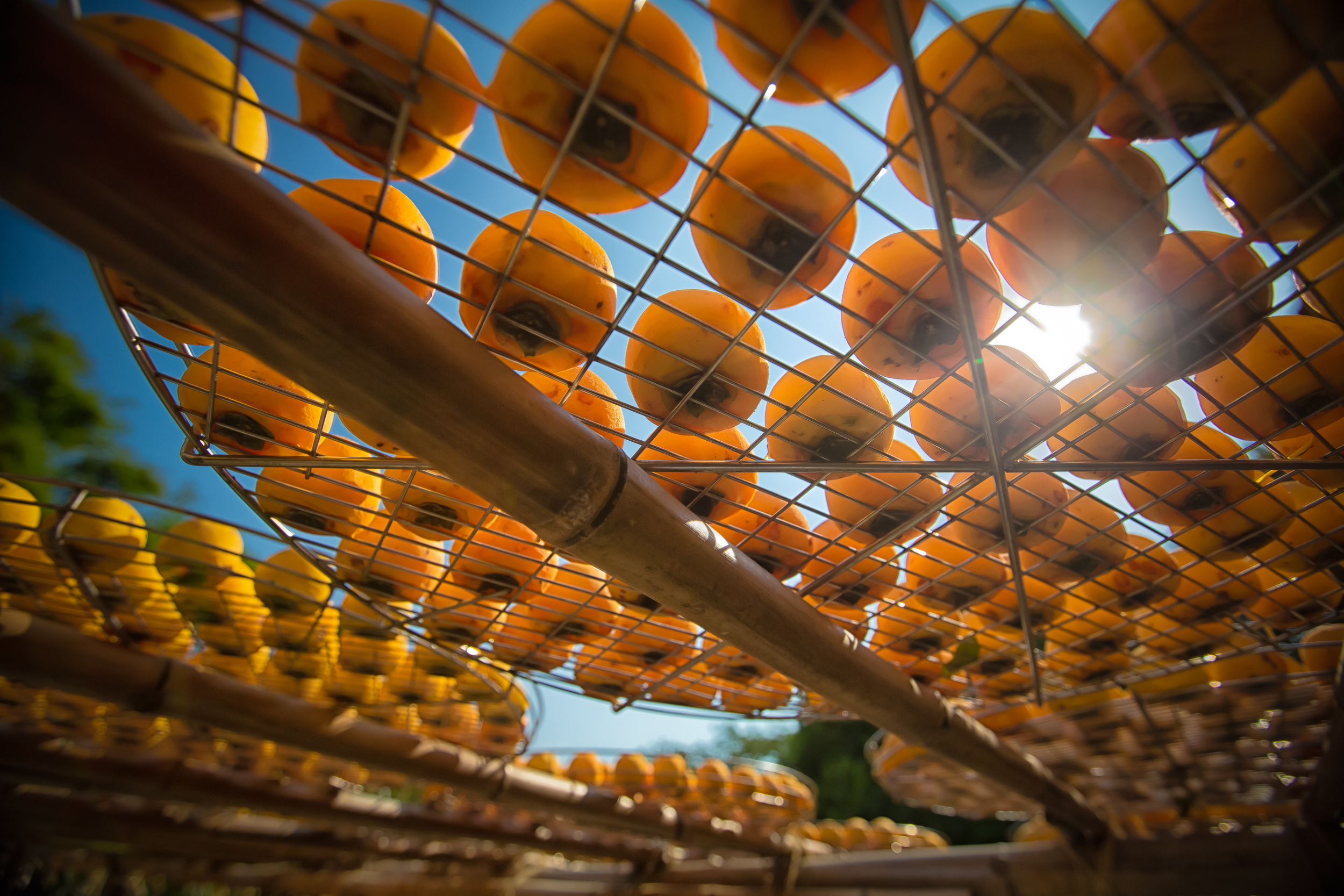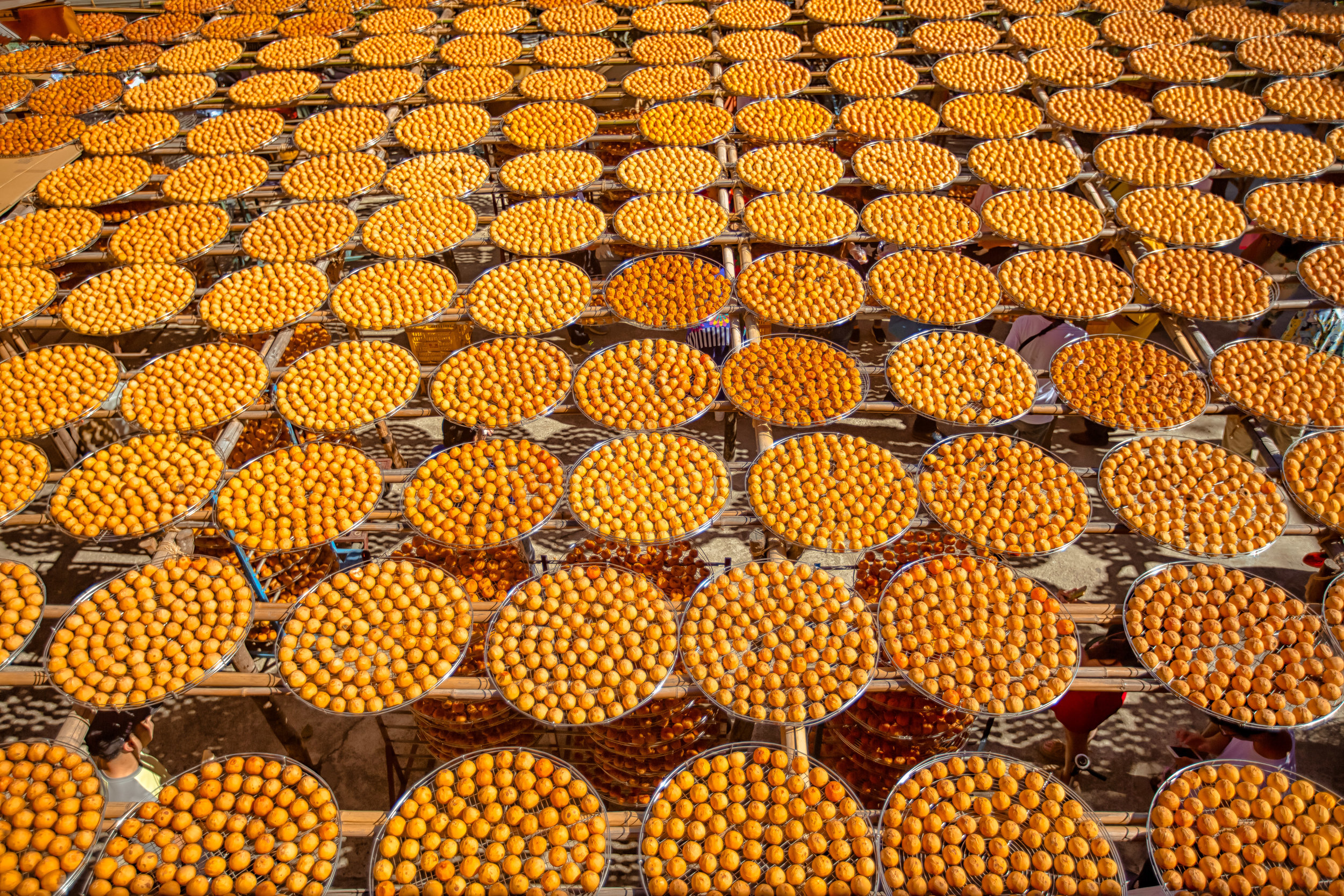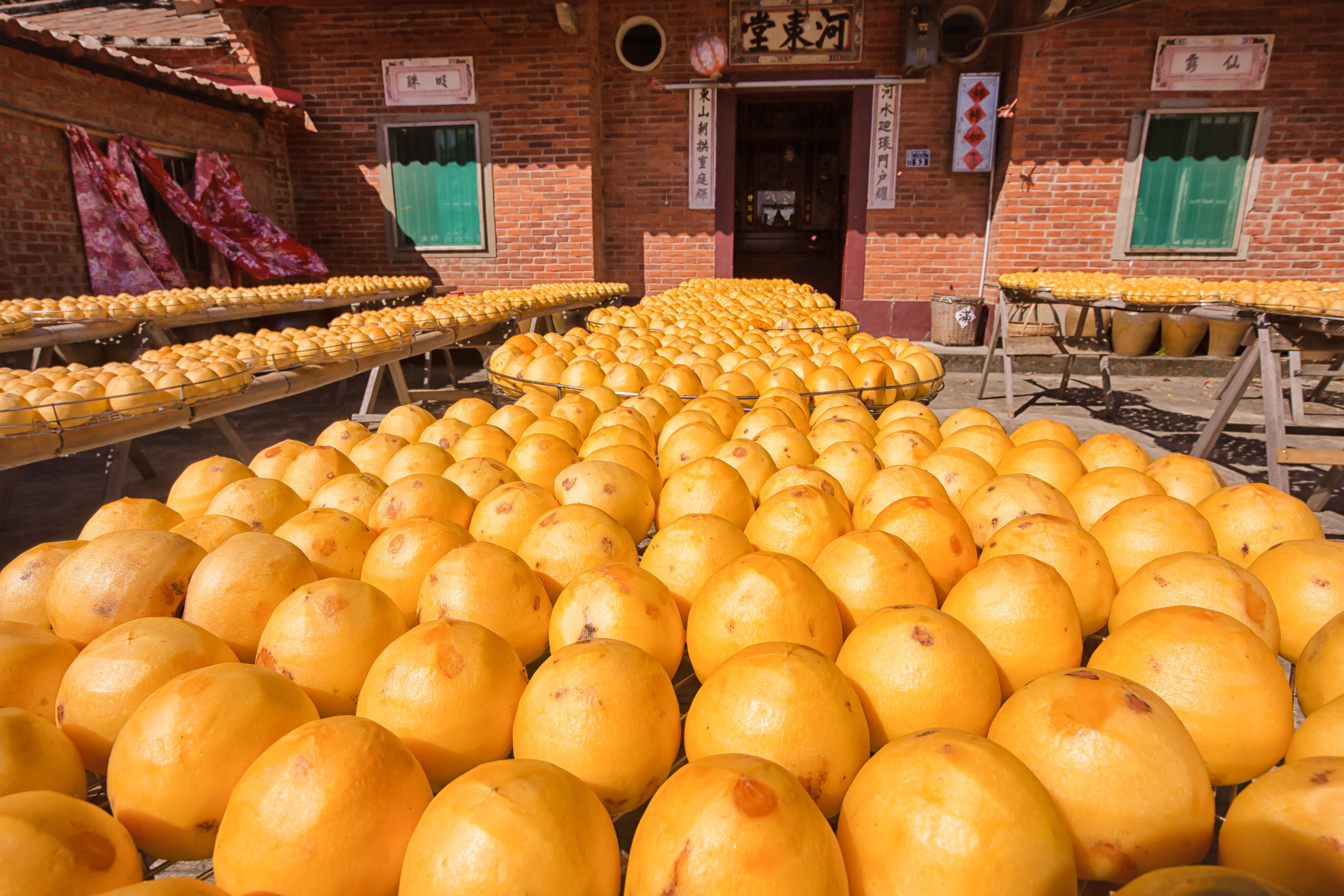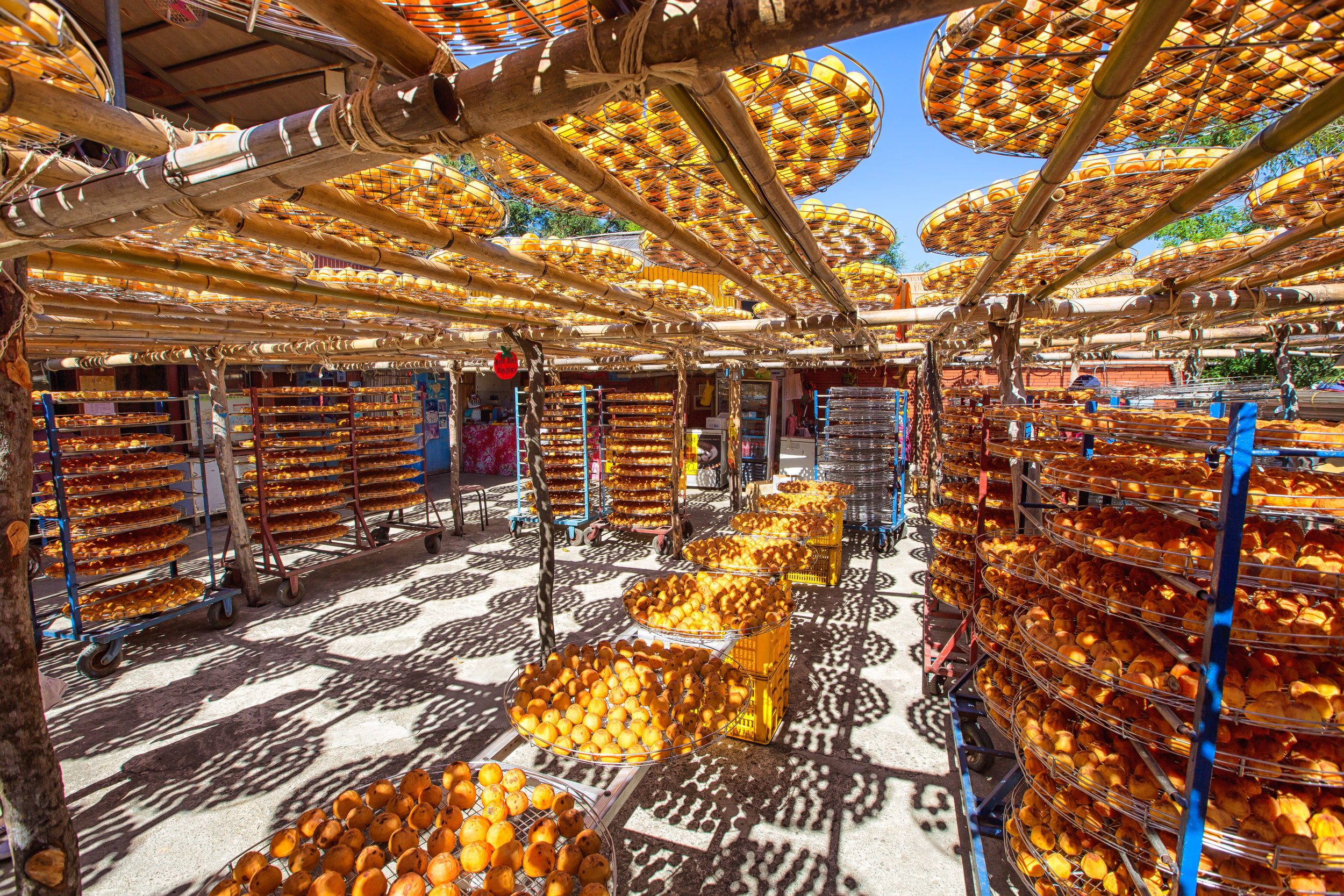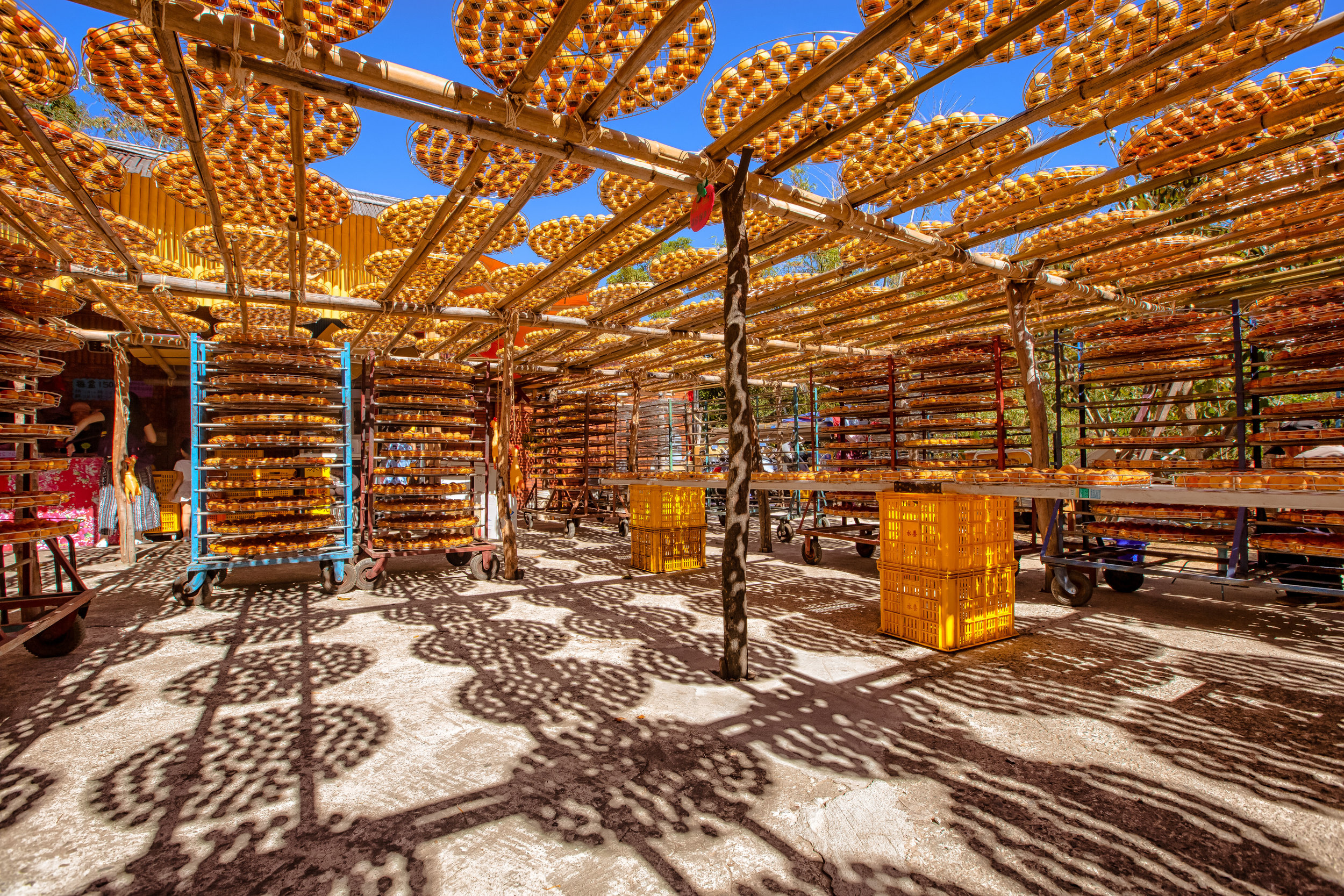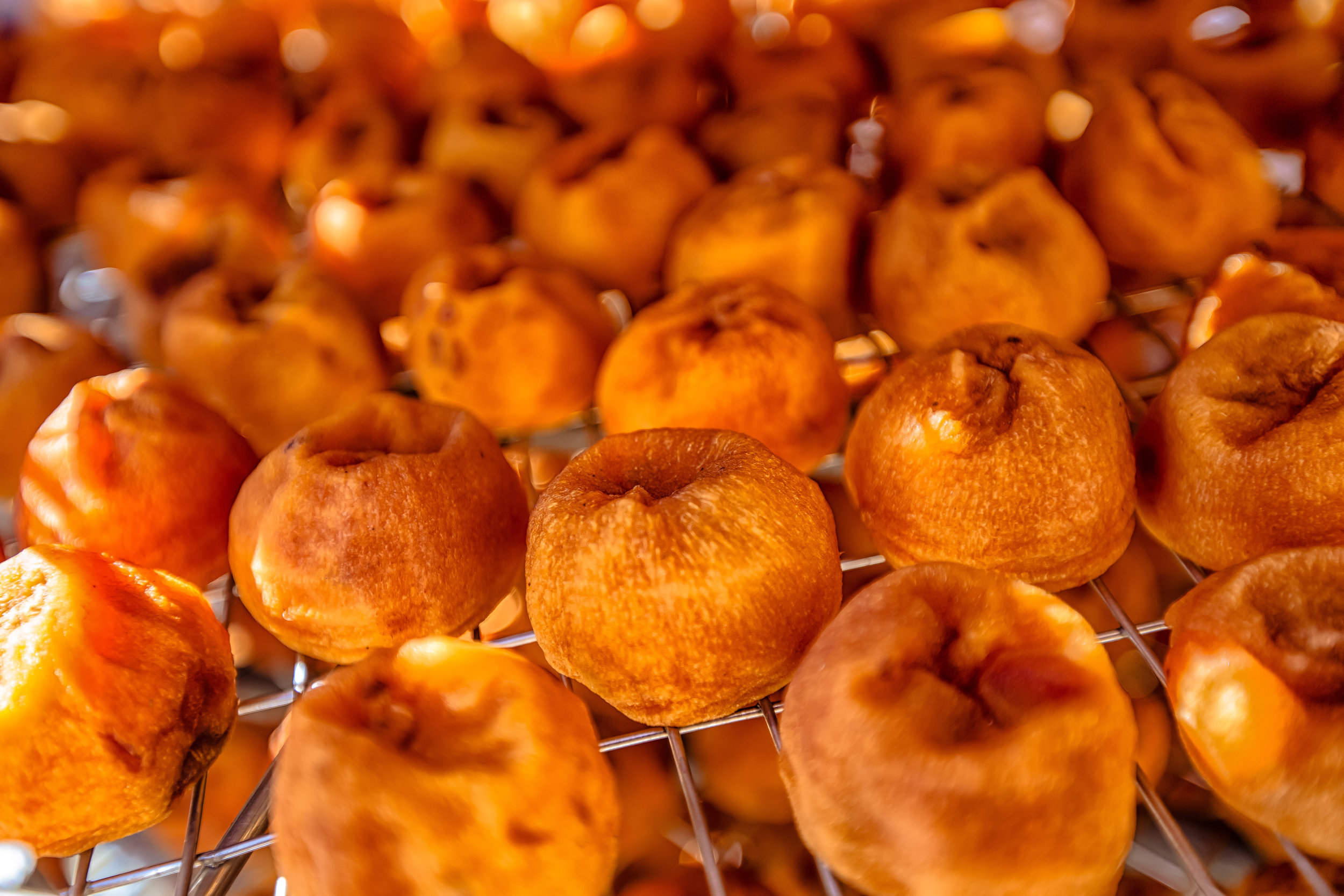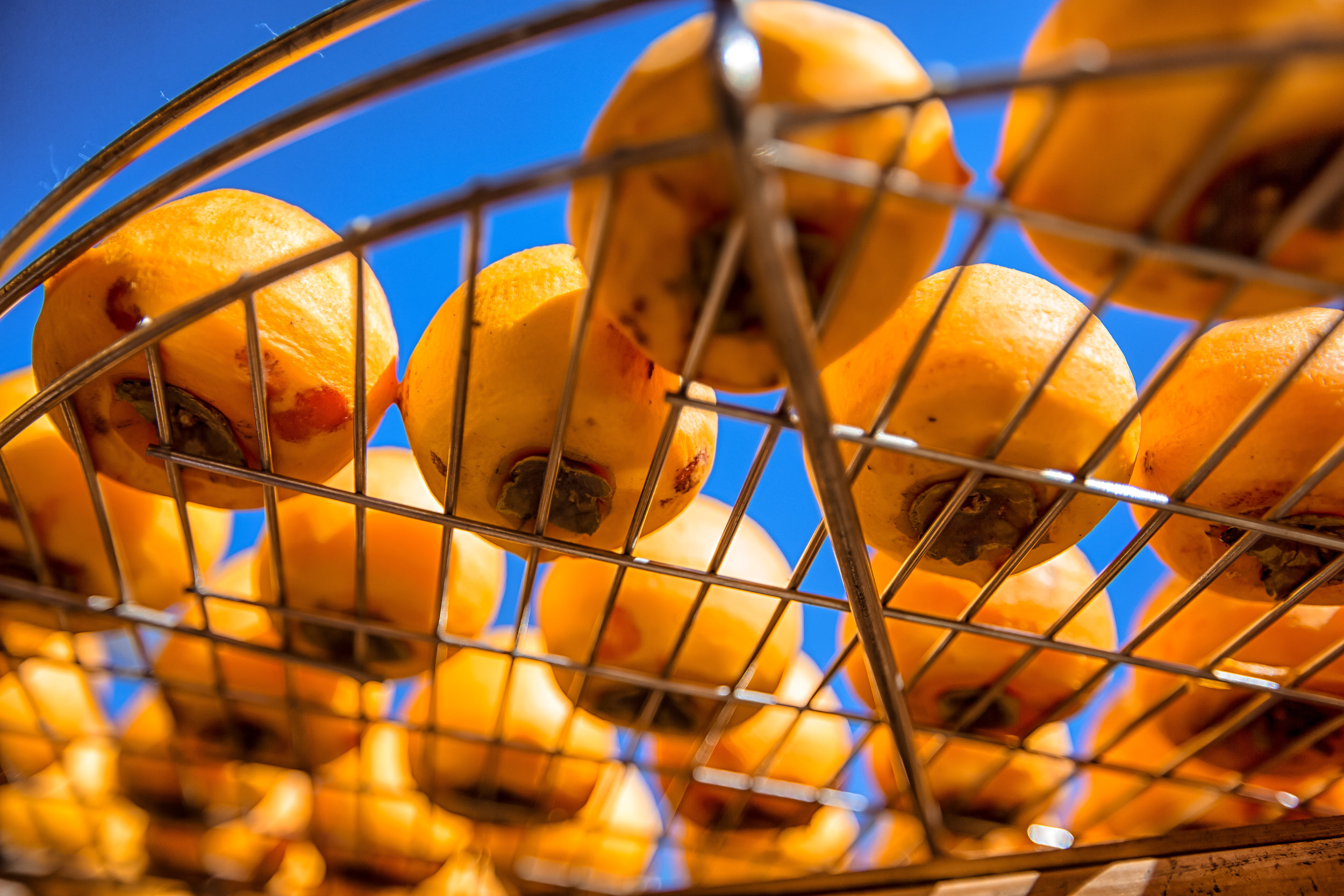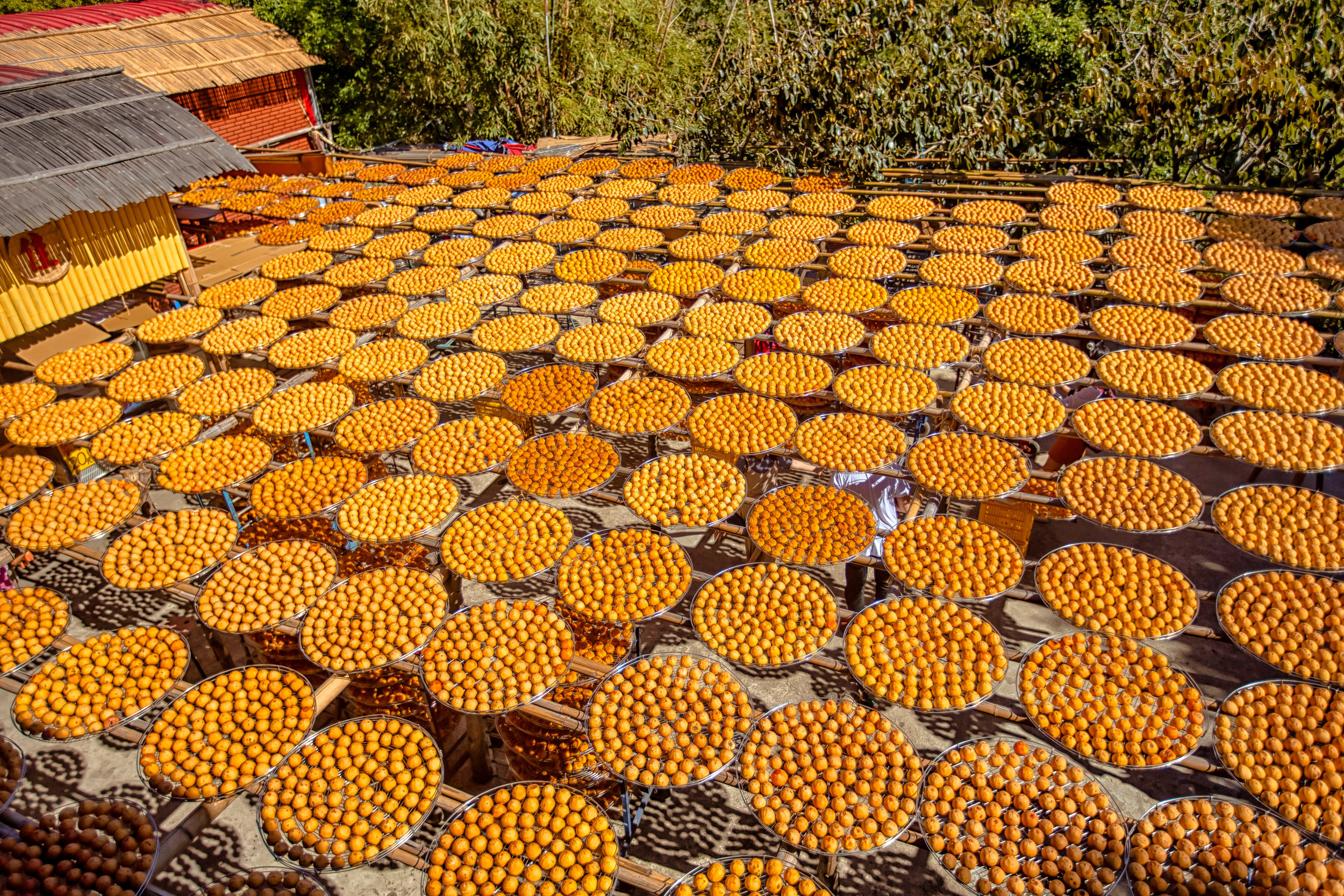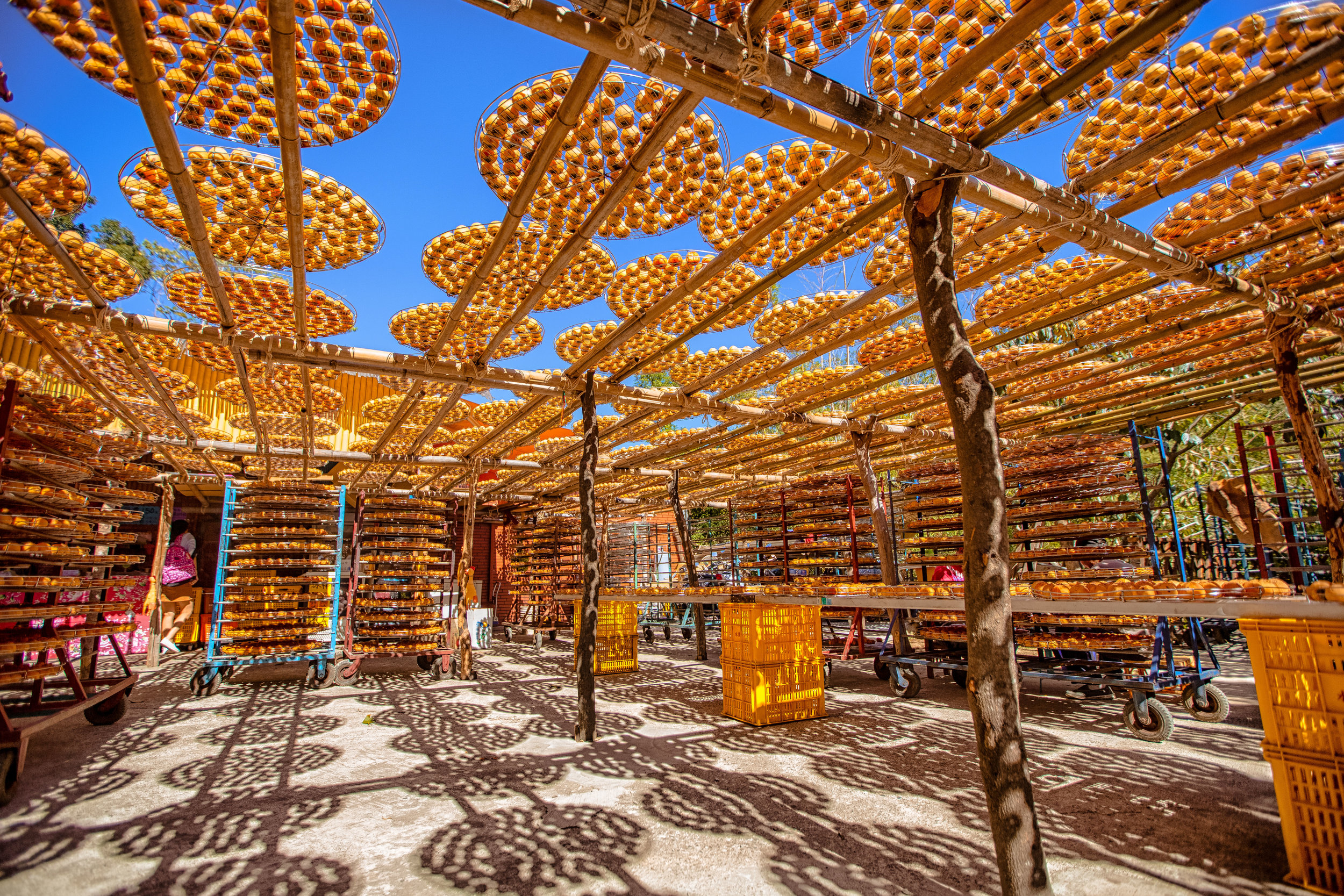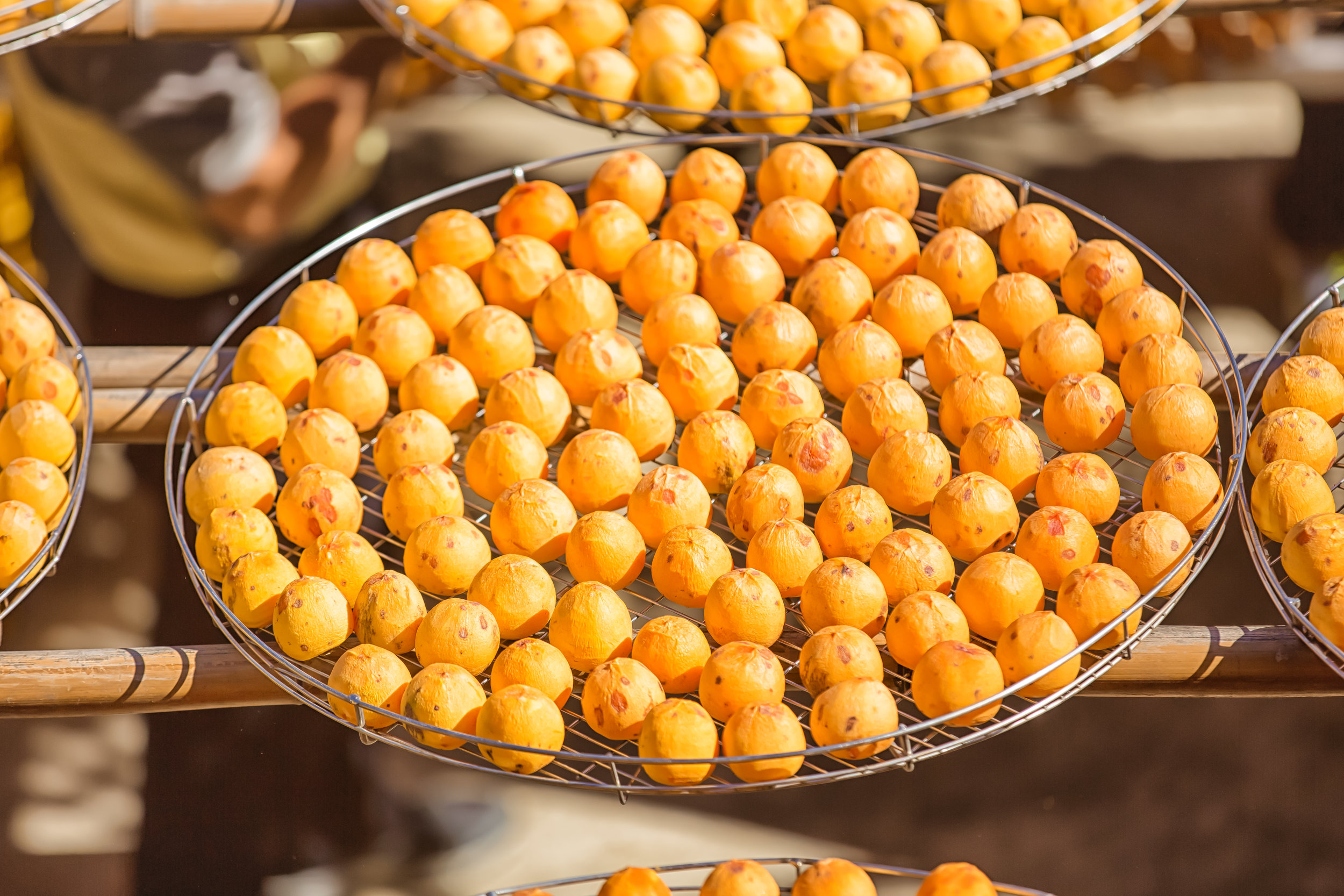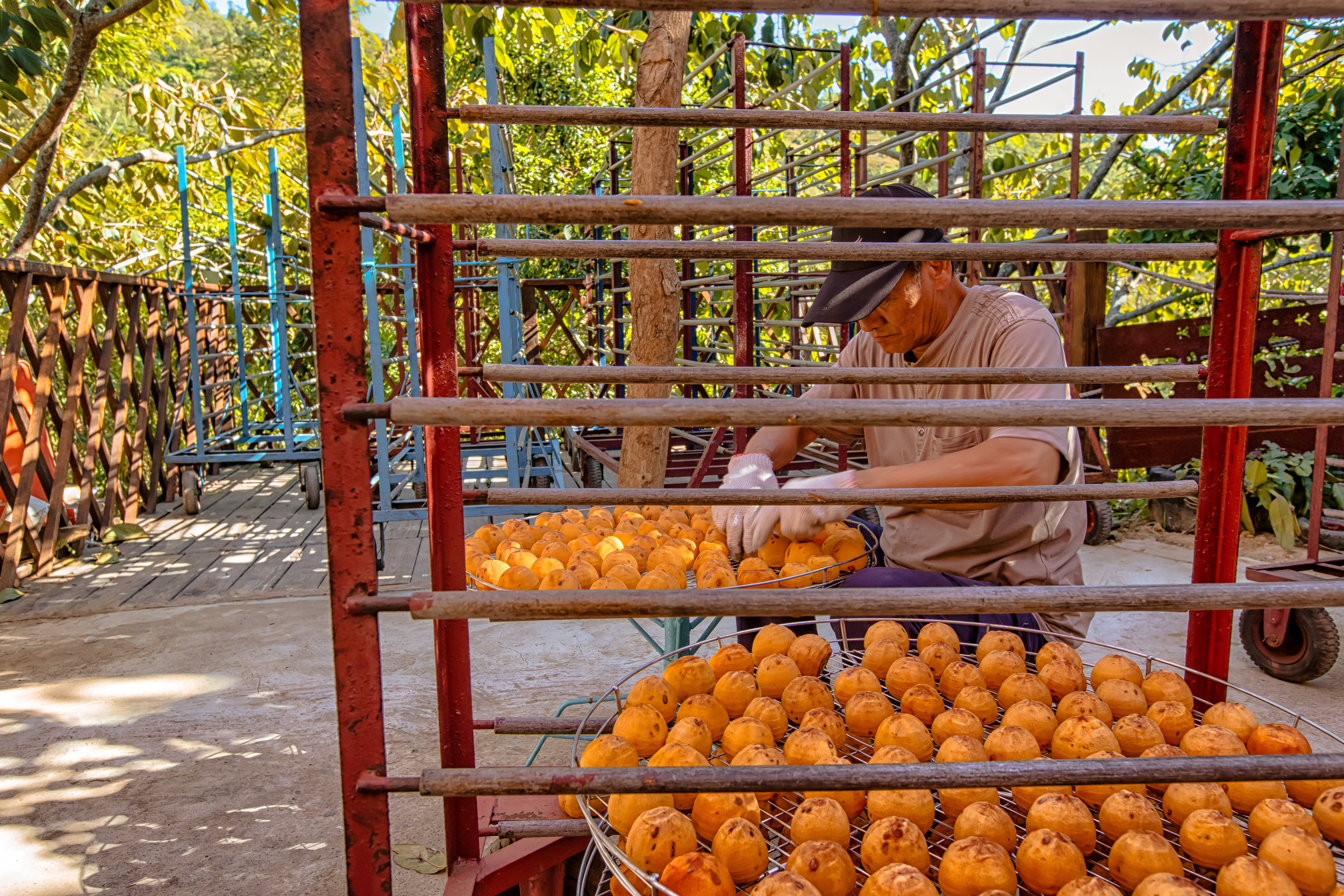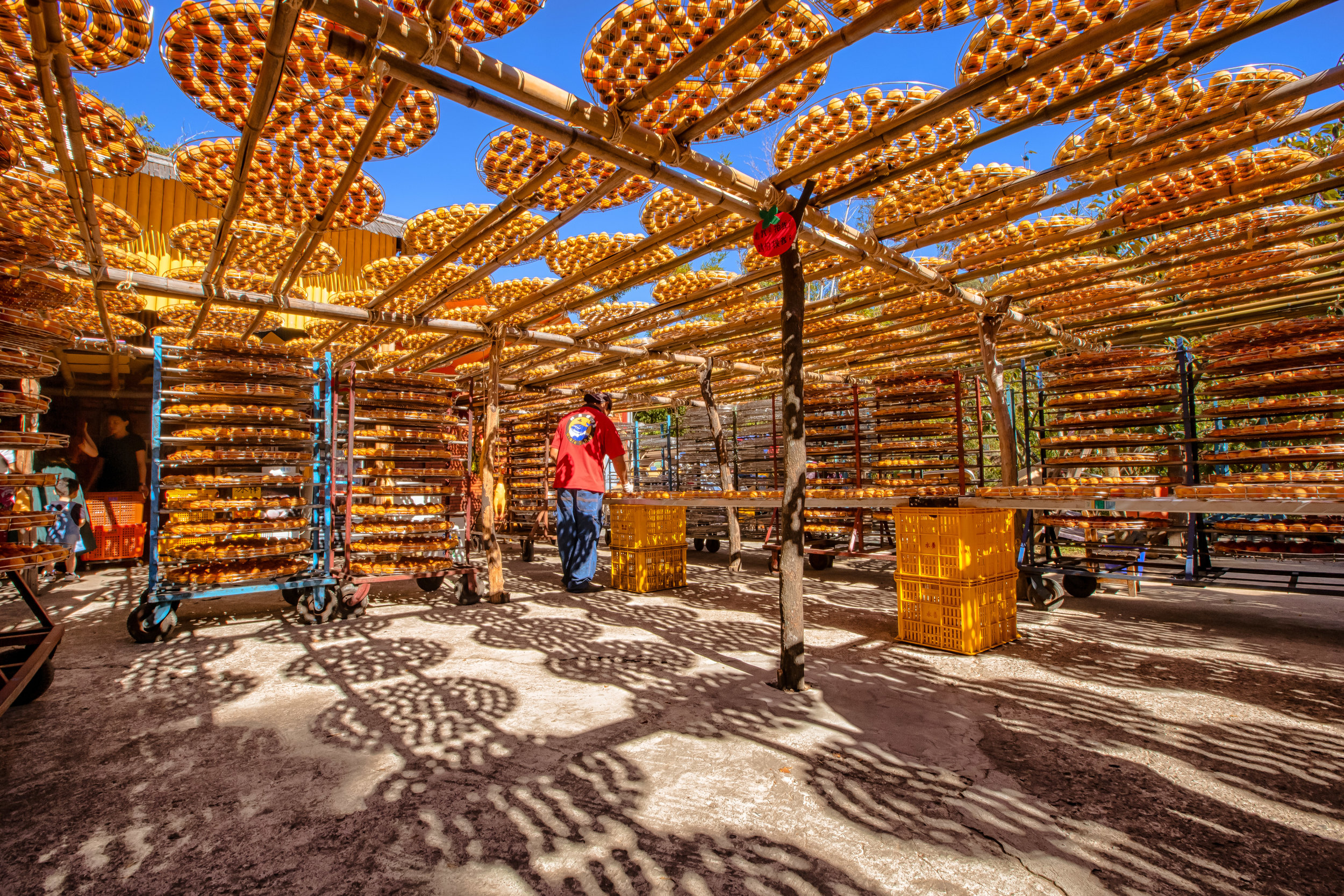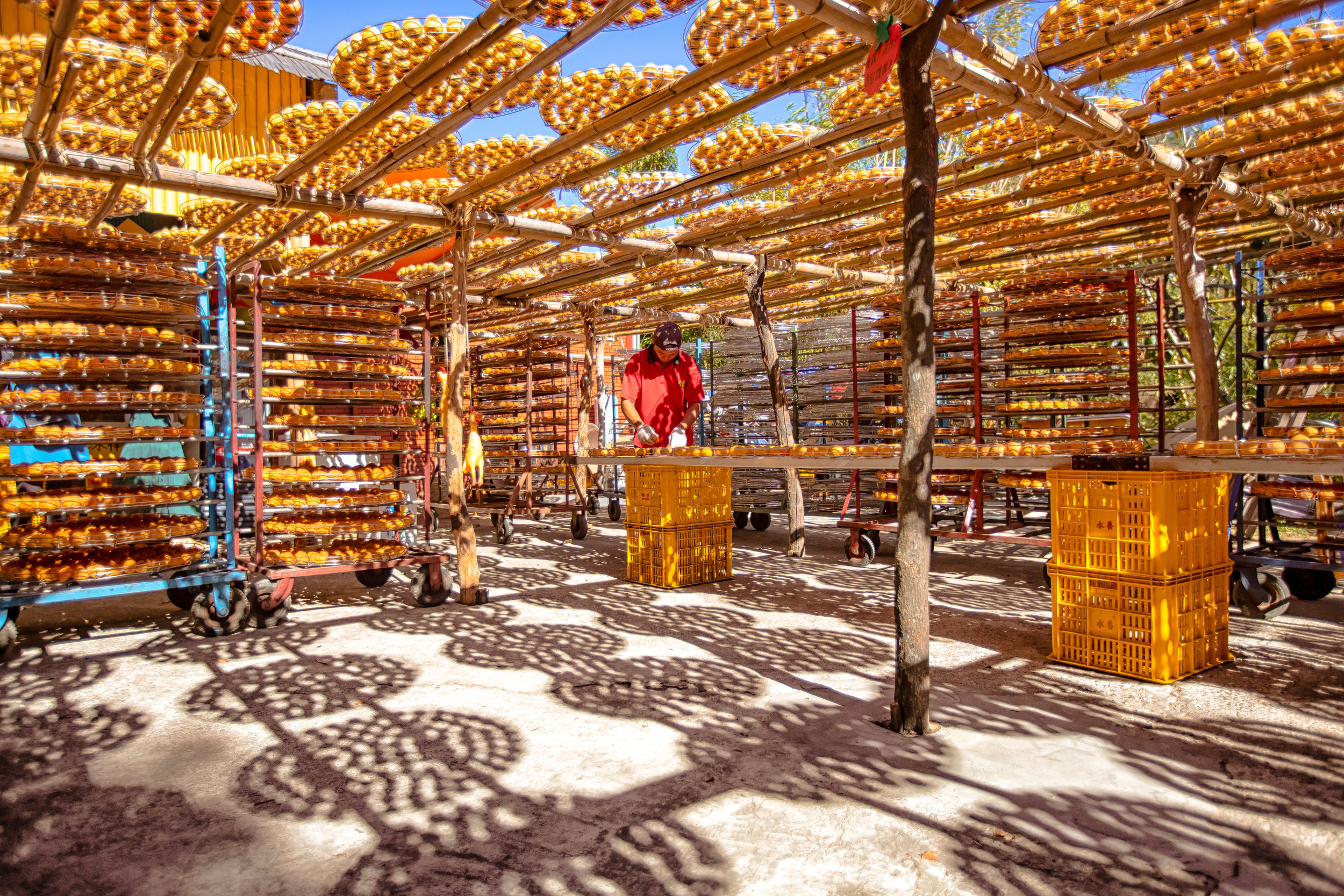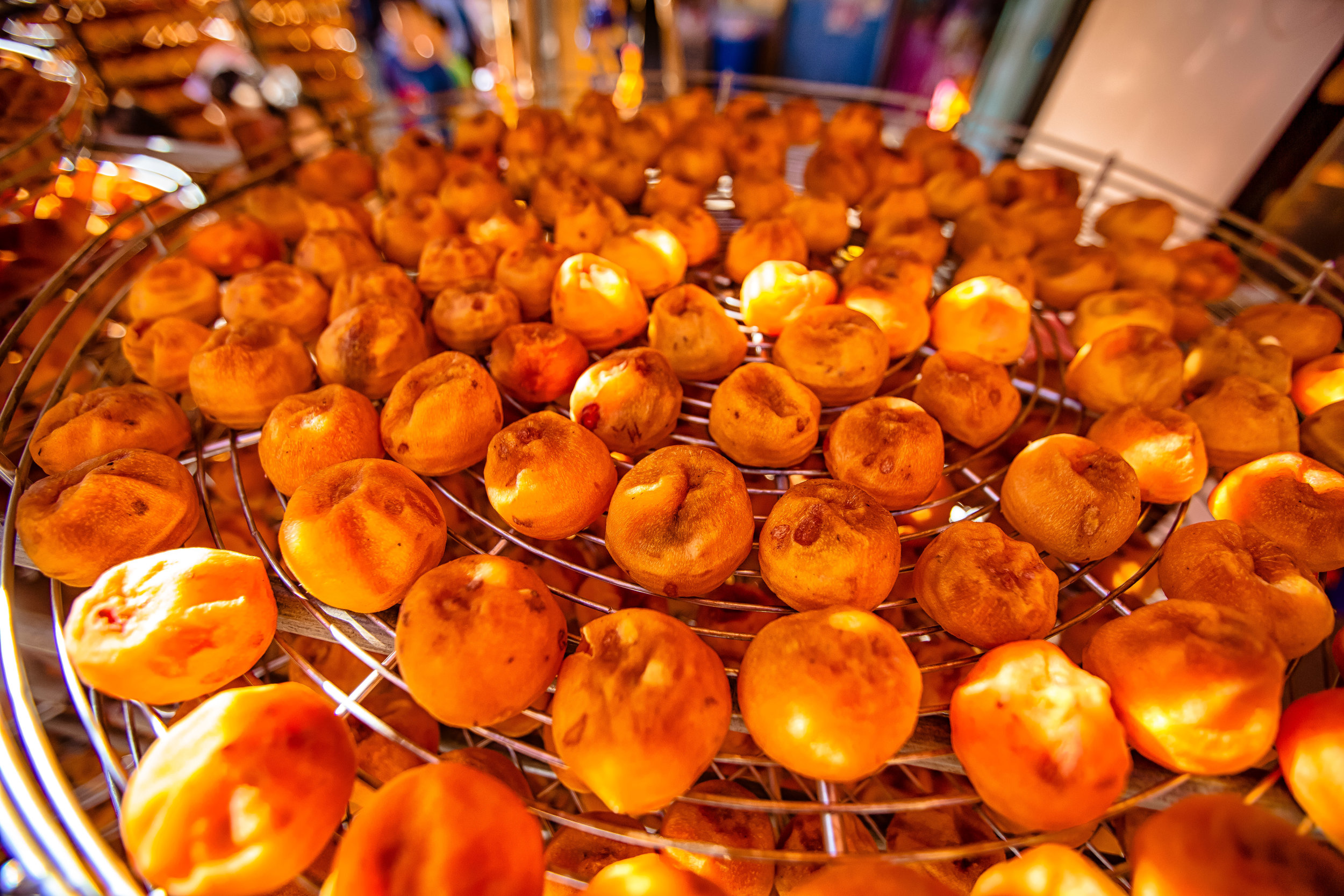This October marked the five year anniversary of this modest little space on the web.
Things have changed quite a bit around here since I first opened this site and I’ve ended up learning quite a bit in the process, but what has always stayed the same is my dedication to introducing Taiwan to people who want to learn about and travel to this beautiful country.
From the outset, it wasn’t actually my plan to make this blog such an important part of what I do here, but things kind of took a life of their own and here I am five years later writing about a bunch of places and things that most people think are weird.
Coincidentally at a recent event I was working at, a journalist approached me and after introducing myself she said: “Oh, you’re that guy that posts all those weird and wonderful blogs!”
To which I could only just smile and nod.
The point of the site was always to provide a space for my photography - Writing was never my area of expertise (and its never going to be), but I do make an effort not to completely make a fool out of myself.
So, now that its been half a decade since I posted my first blog, I’d like to thank all of you who have frequently visited and I hope you’ve benefitted from my experience.
I also hope you’ve enjoyed my photos at the same time.
Looking back, the very first blog I posted on here was about the traditional Hakka practice of drying persimmons in the sun in the mountains of Hsinchu County. I’ve been visiting this quaint little persimmon farm in Hsinpu, the cultural heartland for the Hakka people of Taiwan, for well over a decade and is a yearly tradition that never grows old.
The traditional drying practice, which relies on placing fruit and vegetables around two meters above the ground on a network of bamboo poles was once a yearly activity for a lot of local families, but as is the case with a lot of cultural traditions, has been slowly dying off.
Thankfully the good people at the Wei Wei Jia Persimmon Tourist Farm (新埔的味衛佳柿餅觀光農場) have not only successfully preserved the traditional drying process, they’ve also ensured that it is picturesque which attracts people from all over Taiwan who visit each year to take photos, learn a bit about Hakka culture and of course purchase some dried persimmons.
To learn more about the Persimmon Farm, click the link below.
Link: Hsinpu Dried Persimmons (新埔柿餅)
Even though I’ve visited well over a dozen times, I always make sure to bring my camera along with me each and every time I visit this beautiful farm - This ensures that I’m always going to have something new to share and will be able to keep people updated about what’s happening.
The drying process is one of those cultural traditions that makes for really pretty photos and the colour of the sun shining on the persimmons is something that should make your camera quite happy.
I will admit though that I’m not really a big fan of eating dried persimmons.
As one does though, I always make sure to buy a few boxes each time I visit to share with friends and co-workers.
This year, instead of regurgitating a bunch of information I’ve already provided, I’m just going to post a collection of photos from my most recent visit for you to enjoy.
I also recommend checking out my off-site Dried Persimmon Flickr Gallery which has the entire collection of photos that I have posted from the many years I’ve visited!
Link: Hsinpu Dried Persimmons (Flickr)
If you haven’t visited Hsinpu yet, I’d highly recommend checking it out.
The small village is jam-packed with Hakka history, amazing Hakka cuisine and these persimmons!
Hsinpu Links: Baozhong Yimin Temple | Hsinpu Hakka Ancestral Shrines | Wu Zhuo Liu Memorial Home











